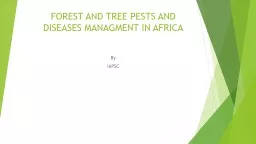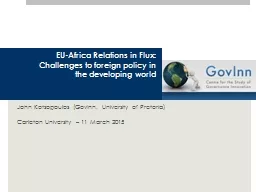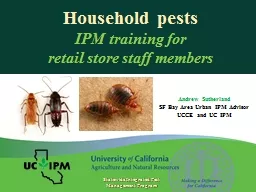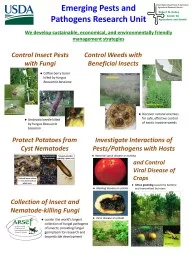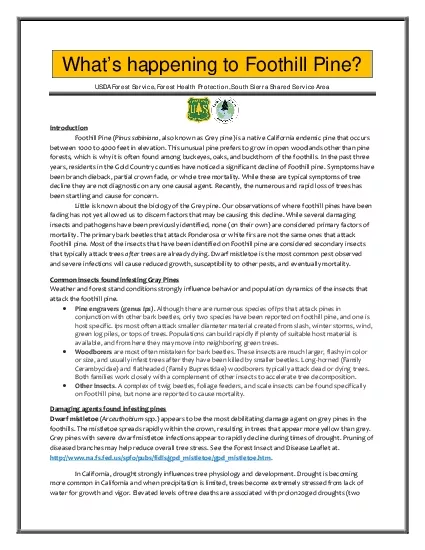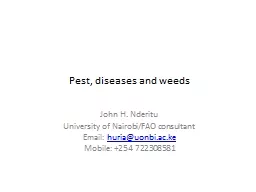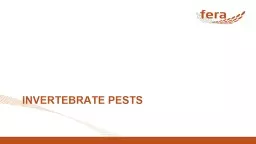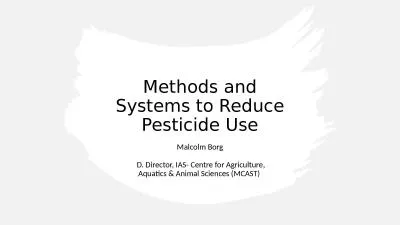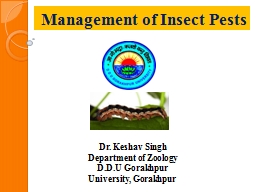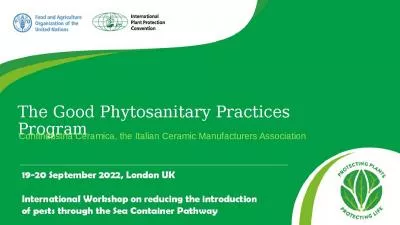PPT-FOREST AND TREE PESTS AND DISEASES MANAGMENT IN AFRICA By The Inter-African Phytosanitary
Author : tatiana-dople | Published Date : 2019-11-03
FOREST AND TREE PESTS AND DISEASES MANAGMENT IN AFRICA By The InterAfrican Phytosanitary Council of African Union AUIAPSC OUTLINE INTRODUCTION OCCURRENCE DISTRIBUTION
Presentation Embed Code
Download Presentation
Download Presentation The PPT/PDF document "FOREST AND TREE PESTS AND DISEASES MANAG..." is the property of its rightful owner. Permission is granted to download and print the materials on this website for personal, non-commercial use only, and to display it on your personal computer provided you do not modify the materials and that you retain all copyright notices contained in the materials. By downloading content from our website, you accept the terms of this agreement.
FOREST AND TREE PESTS AND DISEASES MANAGMENT IN AFRICA By The Inter-African Phytosanitary: Transcript
Download Rules Of Document
"FOREST AND TREE PESTS AND DISEASES MANAGMENT IN AFRICA By The Inter-African Phytosanitary"The content belongs to its owner. You may download and print it for personal use, without modification, and keep all copyright notices. By downloading, you agree to these terms.
Related Documents

